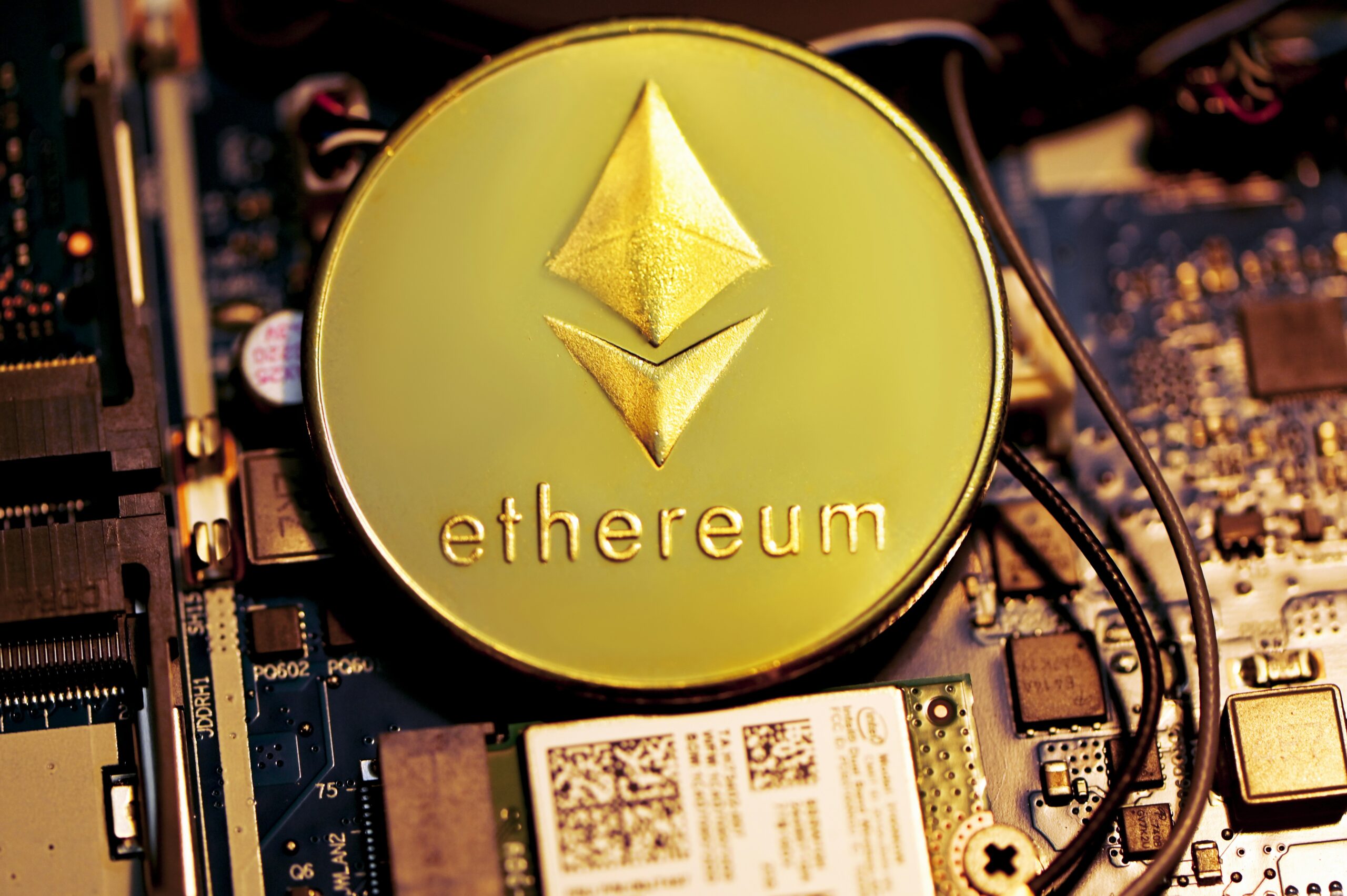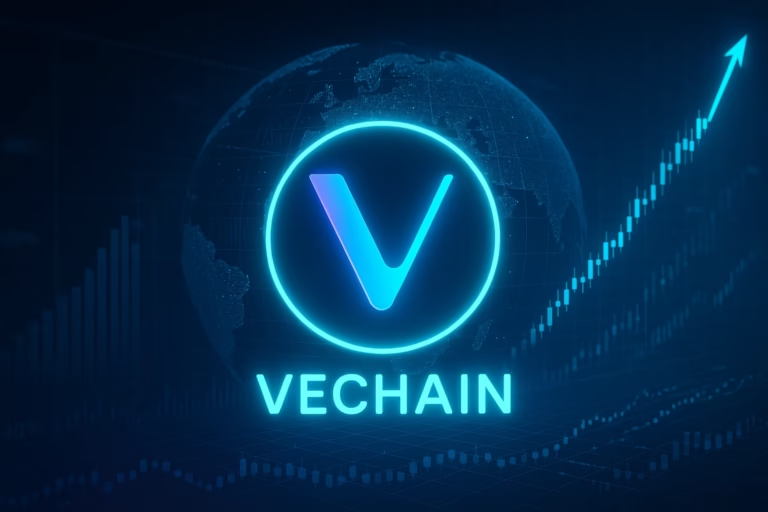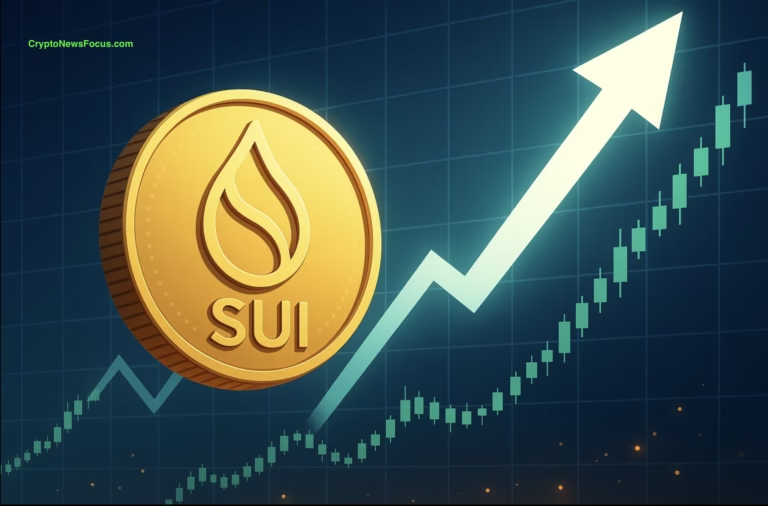
- Ethereum gas fees have dropped to a six-month low due to reduced market volatility, increased gas limits, and a shift to Layer 2 solutions handling most transactions.
- While these factors have lowered costs for now, fees may rise again if demand for Ethereum’s Layer 1 increases.
Ethereum users have seen a welcome drop in gas fees, which have fallen to their lowest level since August. The decline in transaction costs is attributed to several key factors, including reduced volatility, an increased gas limit, and the growing adoption of Layer 2 solutions.
Ethereum Gas Fees Plummet
According to on-chain analytics platform Santiment, Ethereum’s average gas fees recently hit $0.41. This marks a significant decrease in transaction costs and suggests lower activity on the Layer 1 chain. Gas fees are payments made to validators for processing transactions, with higher fees ensuring priority. When fees decrease, it signals lower demand for Ethereum’s block space.
However, these fees can be highly volatile. On February 17, for example, Ethereum’s price surged by 6%, driving average transaction fees up to nearly $0.80. This demonstrates how price fluctuations directly impact on-chain activity.
Why Are Ethereum Fees Dropping?
Several factors have contributed to the recent drop in Ethereum gas fees:
- Lower Market Volatility
- With overall crypto market volatility subdued, there has been reduced demand for Ethereum block space, particularly for DeFi applications. Messari analyst Drexel Bakker explains that large price swings create an immediate demand for transactions, but calmer market conditions have kept this in check.
- Shift to Layer 2 Solutions
- Ethereum’s mainnet is no longer the primary hub for transactions. Layer 2 networks are now handling more than four times the transaction volume of Ethereum’s base layer, according to GrowthePie.xyz. By offloading transactions to these scaling solutions, Ethereum’s Layer 1 sees reduced congestion and, consequently, lower fees.
- Increased Gas Limit
- Earlier this month, Ethereum validators approved an increase in the gas limit per block from 30 million to 36 million. This change allows more transactions to be processed per block, further reducing congestion and fees. However, as Merlin Egalite, co-founder of Morpho, points out, this is more of a congestion relief measure than a long-term scaling solution.
The Future of Ethereum Fees
While these factors have driven fees down for now, the situation remains dynamic. As crypto market activity fluctuates and Ethereum continues to evolve, gas fees may rise again, particularly if demand for Layer 1 block space increases. For now, however, Ethereum users can enjoy lower costs, making transactions more affordable across the network.




